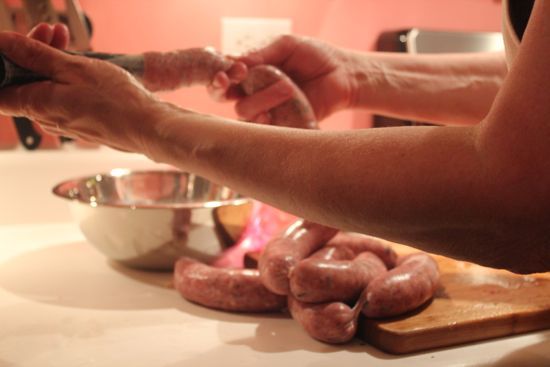
With this post, we’re officially halfway through the Year of Meat. Amazing, isn’t it? You’ve worked your way through the basic skills of charcuterie – salt curing, brining, smoking and grinding. And with this month’s Stuffing challenge, the basics will be complete.
This month, you’ll be making sausage links. Working with casings is a little tricky, and you’ll be glad you learned all about grinding meats last month.
As so many of you have pointed out in your excellent posts, making sausage leads naturally to exploring different cuisines. Nearly every culture adds ground meat, spices and herbs to create some form of sausage. We encourage you to continue to explore spicing this month.
For the Apprentice Challenge, please make Italian pork sausage links.
For the Charcutiere Challege, please make a poultry sausage links.
Post on the 15th. Tag your post charcutepalooza and we’ll be sure to see it. Share your blog post with Punk Domestics. Cross post and upload photos on Charcutepalooza’s Facebook page. And don’t forget to share all those great original recipes on Food52.
More questions? Want to share your sausage making experiences? Have questions about grinders, stuffers, casings? Monday, May 16th starting at 9PM EDT, there will be a Twitter Chat with Michael Ruhlman and Bob delGrosso. We look forward to seeing you there – just check in at the #charcutepalooza hashtag.
Remember everything you learned in the grinding challenge…
En-Casing Your Sausage
Casings will come packed in salt. Soak them well. I like to rinse them several times and then soak them overnight in a bowl of water. When you are ready to fill the casings, cut pieces about 3’ long when you’re new to this. Longer, if you’re an expert. Open the casing up and run water right through it. You’ll want to be aware of any holes.
Try to work with casings with no large holes when you first start out. Once you have some experience, you’ll be able to twist/tie off and keep working your way around any big gaps in the casings, but for your first few times, don’t stress yourself out.
When you source casings, you may have a choice about circumference. I buy mine locally (Eastern Market) and they come in one size, one package. Type and size really do make a difference, so I will be looking further to source different sizes as well as sheep and beef casings. Merguez stuffed into sheep casings, for instance, will be smaller in circumference and may be ground leaner (with no added fatback) and still moist when cooked.
There are collagen and synthetic casings available, but I have never worked with them, so can’t comment. For casing sources, check the sites and references in Charcuterie.
Chill It
I can’t stress enough how important it is to keep the meat cold, especially when you are putting the meat into casings. Meat, and especially fat, that gets warm will make a paste, and while that is the idea with some sausages (hot dogs, for example,) it’s not what we’re going for this month. You want to see pieces of fat in the casing.
After grinding and mixing the sausage meat, chill it well (30 min. in the freezer) before putting it into the casings.
Get the Air Out
Last month we worked on grinding meats into sausage. We talked about removing the air in the mixture. This is particularly important when making sausage links. The meat needs to be fully packed into the casings to stay moist when cooked, and to hold together when served. And it’s very good practice if you want to make any cured sausages.
Use the paddle attachment on your mixer and mix the very cold, ground meat and spices and additions well. Add the liquid at the end, and sparingly.
Alternately, gather the sausage mixture in your hands and slam it down on the counter to remove the air.
Lubricate the Stuffer
There are so many bad jokes here. I’m just going to say this once and then we’re going to move on.
Spray PAM or use a tasteless oil like grapeseed to fully lubricate the stuffer before threading the casing onto it.
OK? Still snickering?
Thread the casings onto the stuffer. Do not tie off the end, just keep it closed with your fingers.
If, at any point, the worm, the stuffer or the sausage meat becomes warm, stop what you are doing and re-chill everything.
Filling
This is a task best done with four hands.
Yes, you can fill the casings with a funnel or use a pastry bag. I tried – it’s possible. Not particularly fun.
I use the KitchenAid, or when I’m working with Paul, the Waring grinder. When you assemble the machine to stuff sausages, you will not be using the blade, instead use the spacer – a white X shaped thing for the KitchenAid. You don’t want to re-chop the meat.
Form the meat into long ovoid shapes, the diameter of the chute on your grinder/stuffer. (You can freeze the meat in these shapes. I always think of that after the fact.) Feed the sausage meat into the chute and press gently down to push it through the worm.
Air will fill the casings first, release the air, then you’ll see the meat start to fill the casings. Push back against the mixture coming through the feeder to remove air, pack the meat mixture well, and fully swell the casing. Feeding more in, massaging the sausage to fill it fully. (Just stop that giggling, will you?)
When the casing is filled and the sausage looks to be the length you want, twist the link seven times to start the next link. Fill the next sausage, and, when it’s the length you want, twist IN THE OPPOSITE DIRECTION seven times. It’s always nice to make evenly sized sausage links. Continue until the casings are filled or the meat has run out.
Place the links on a sheet pan and take a good look at them. You can manipulate the size and shape of the links now. Untwist and push things around if you need to. If you see any air pockets, puncture them with the tip of a sharp knife. Tie off the two ends with twine or knot the casing.
Now your sausage is ready to cook. Poach the links in water with a slug of wine, or even in milk, then saute or grill over very low heat until browned well on the outside and moist in the center.
Raw, fresh sausage links will keep in the refrigerator for three days or will freeze for three months.
The Apprentice Challenge: Italian Sausage
When I set out to cook up this month’s challenge, Domenica Marchetti’s name came to mind immediately. Domenica’s fourth cookbook, The Glorious Pasta of Italy (Chronicle Books) will come out June 1st.
Already an enthusiastic Charcutepaloozer, I knew Domenica could add her Italian food knowledge to my exploration of Italian sausage. And it was a great excuse to cook with her.
I had been researching Italian sausage in preparation for our day of cooking -all over the internet and through the cookbook collection. Marcella Hazan’s Classic Italian Cookbook, Volume 2, described a Luganega sausages, pork mixed with only salt, pepper and cheese. So, Domenica and I engaged in a great conversation about regional specialties and what grows where in Italy and how sausage would be composed of what was readily available – spices, herbs, wines. Just the discussion I hope you will have as you think about what kind of sausage you want to make. How will it be flavored? What cuisine will you evoke?
Domenica and I think the fennel and hot pepper version must be a southern Italian sausage, and decided to be democratic in our production, splitting the pork and fatback to make half as a Northern version, with cheese, and half spicy, from the South.
Italian Sausage
Inspired by Marcella Hazan
Makes 4#, about 8 large links or two coils
3# pork shoulder, cubed
1# pork fat back, cubed
2 cloves garlic
2 tsp. salt (or to taste)
1-1/2 tsp fresh ground black pepper
3/4 c parmesian, freshly grated
1/2 c white wine, chilled
Italian Sausage Hot and Spicy
Makes 4#, about 8 large links
3# pork shoulder, cubed
1# pork fat back, cubed
3 cloves garlic
1 Tbls fennel seed
2 tsp dried marjoram
1 tsp dried thyme
2 Tbls dried parsley flakes
2 tsp crushed red pepper
2 T salt (or to taste)
1-1/2 tsp fresh ground black pepper
1/2 c red wine, chilled
Domenica’s Baked Rigatoni al Telefono with Smoked Mozzerella and Spicy Italian Sausage
adapted from The Glorious Pastas of Italy
Vegetable Oil for Greasing the Baking Dish and for Frying
1-1/2 to 2 lbs. small purple eggplants cut into large cubes, including the skin
Tomato sauce*
1 lb. rigatoni
1 lb. smoked mozzerella, shredded or cut into small cubes (We smoked the mozzerella ourselves!)
1/4 c fresh basil
1/2 c grated Parmigiano-Reggiano cheese
1 lb. spicy Italian sausage links
*Domenica made a simple tomato sauce, cooking whole garlic cloves in olive oil, then adding two cans of good Italian, diced tomatoes. The sauce simmered for about 30 minutes. A handful of basil was added in the last few minutes of cooking. Simple perfection.
Have your tomato sauce made.
Preheat the oven to 375°.
Lightly oil a baking dish. (9”x13”)
Bring a large pot of salted water to a boil and cook the rigatoni until just shy of being done. Drain and toss with a little vegetable oil. Set aside.
Heat a slick of vegetable oil and brown the eggplant on all sides. Remove to a large bowl. Add some tomato sauce and gently stir to coat the eggplant well.
Add 1/2 c water (and a slug of white wine, if you have it) to the skillet and add the sausage.
Cook at a simmer, turning the sausage, until the water evaporates, and the sausages are slightly poached.
Reduce the heat and slowly brown the sausage on all sides until caramelized and cooked through.
Slice the sausage into 1” pieces.
Add the sausage, the smoked cheese and basil to the eggplant.
Add the pasta in four additions, adding tomato sauce each time so everything is well coated.
Put the mixture into the baking dish and spoon the remaining tomato sauce over the top.
Sprinkle with the Parmegiano cheese.
Bake for 15 minutes covered with foil, then remove the cover and bake until the top is slightly browned and everything is bubbling.
Let it stand, if you can bear to, for a few minutes before serving. The cheese is all gooey and wonderful. It’s very satisfying.
When we made this dish, we portioned it into ceramic gratin dishes. Some went into the freezer – my secret weapon for the next too-tired-to-cook night.
Charcutiere Challenge: Duck Sausage with Prunes
You know how to Bring It. You’re hard core. A Charcutiere. So go to it. Show us what you can do with poultry. Duck, turkey, chicken, partridge, goose? You choose. (FYI, use that handy D’Artagnan discount for some amazing poultry and game bird offerings.)
What will you add? What spices will you try? What cultural path will you follow? We can’t wait to see what you do.
The Georgetown Safeway has a D’Artagnan SECTION! so Paul, Elaine and I picked up beautiful duck breasts and made sausage. We followed the recipe in Charcuterie, but I added a few plump prunes from Gascony (thank you, Kate Hill!)
The texture, balance of flavors, and rich gamy sweetness just perfect for a spin on Bangers and Mash: duck sausage with roasted garlic, sage and prunes served with peas, and potatoes mashed with grainy mustard. (Great menu suggestion, Paul! Thank you!)
Can’t wait to see what you all do with this challenge.
Oh, and good luck photographing sausage. It ain’t easy.
Some Charcutepalooza News and Updates
Great reading – Michael Ruhlman’s recent post on the No-Nitrates Hoax.
Will you be at BlogHer Food in Atlanta (May 20-21? Kim, Sean Timberlake (from Punk Domestics) and I will be presenting a sausage making demonstration Saturday at 2:30pm. Hope to see you there! Pig tattoos!
And there just may be something in the works for the BlogHer Pity Party, too.
Love the pig? Charcutepalooza Swag is now available at Cafe Press. Aprons, market bags, T-shirts and (my personal favorite) hoodies. Gangsta pigness.
Welcome our newest sponsor – La Maison Casterede, domain d’Armagnac – providing Armagnac for the Paris cocktail party awaiting the lucky Grand Prize winner, as well as a tour of their Chateau while at Camont. Please visit their website and show them some Charcutepalooza love.
All our sponsors have been so generous and enthusiastic – thanks go out to D’Artagnan, generously offering 25% off the meat-of-the-month. I encourage you to source your product from D’Artagnan – it’s just exceptional meat, fowl, offal, wild mushrooms and more. If you aren’t receiving your email with the D’Artagnan secret code for Charcutepalooza members, register here.
There are so many of you bloggers in the running for the trip to France! The awesome grand prize deliciously designed by Trufflepig and Kate Hill at Camont.
And thanks go out to Kinetic Web Solutions – helping me every step of the way to navigate technology.
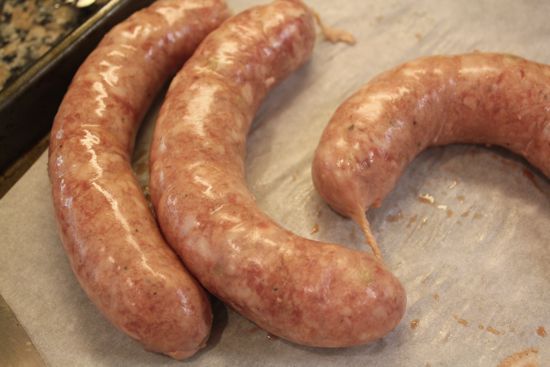
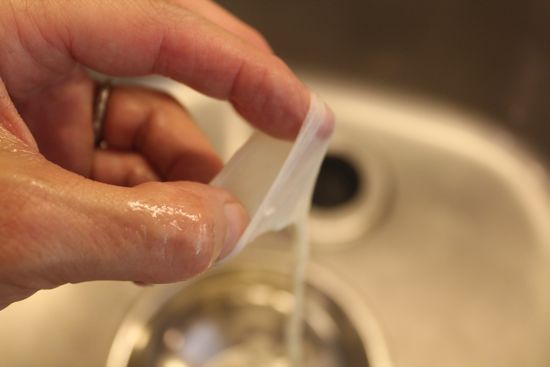
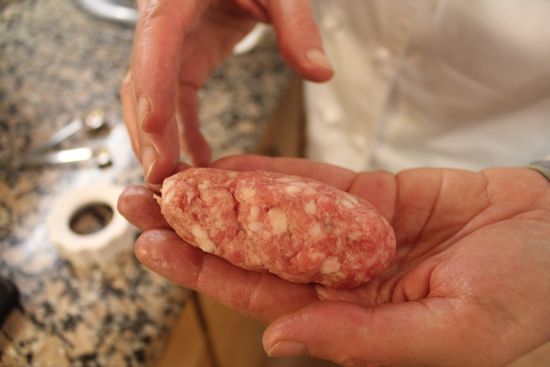
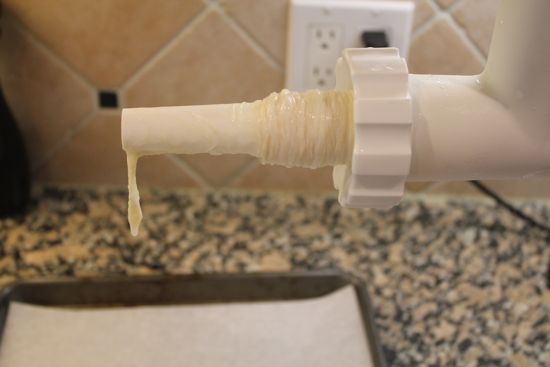
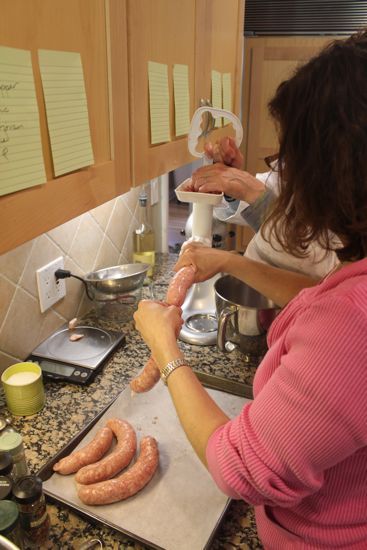
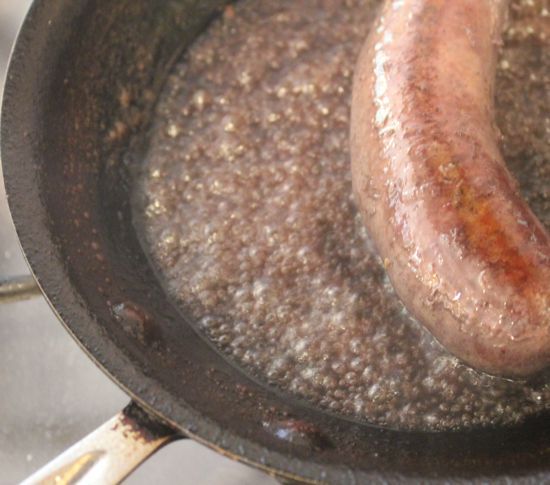


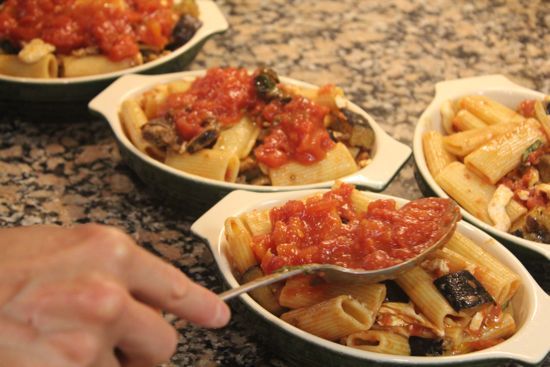

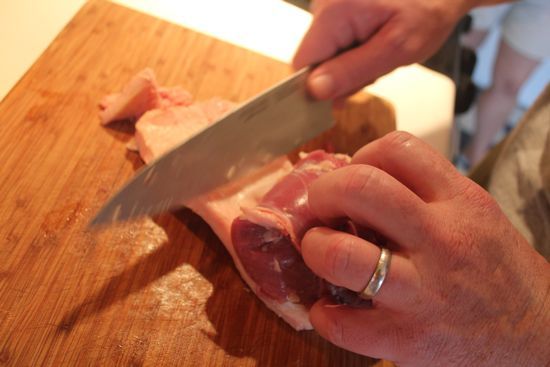
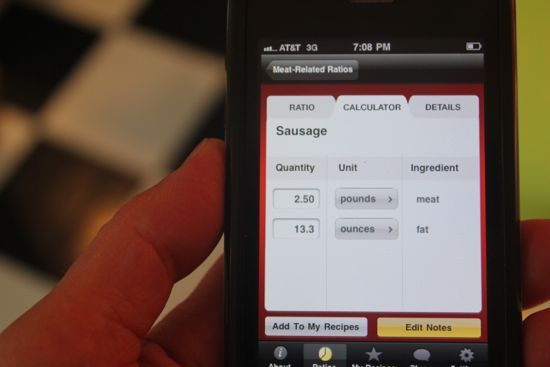

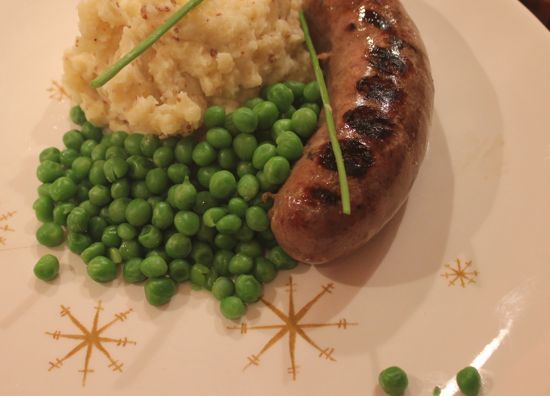

See what other Food52 readers are saying.